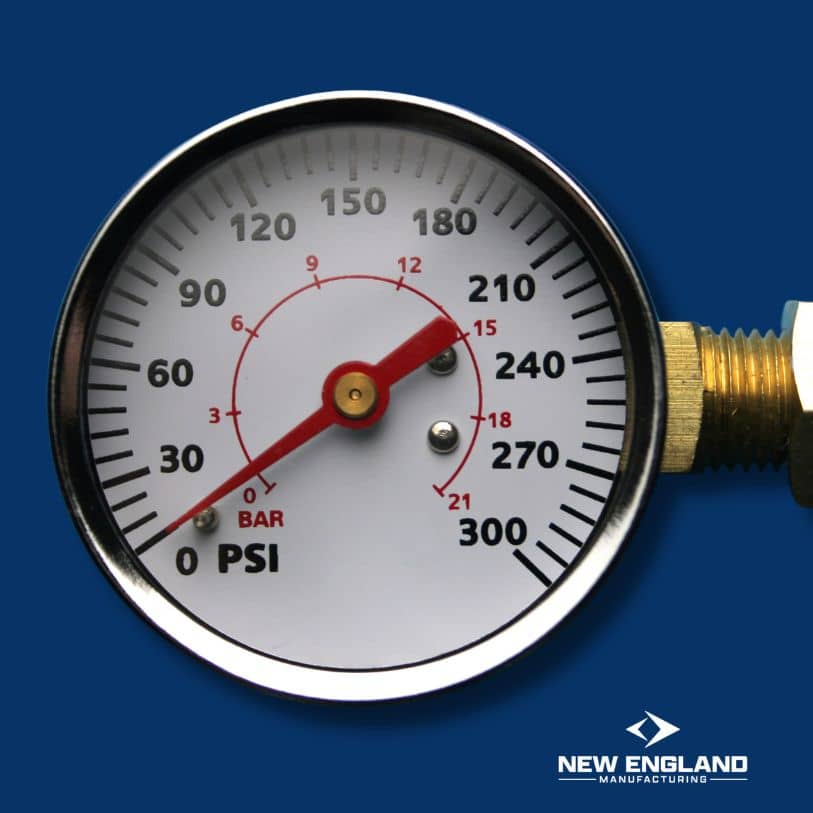Hydrant Flow Testing for Optimal Safety
Fire safety is critical to any community, protecting lives, properties, and natural resources. The hydrant flow test is a key element in maintaining effective fire safety measures. Conducting a hydrant flow test is not just a routine procedure; it’s crucial to ensure fire hydrants are ready to deliver the necessary water supply in emergencies.
In this blog post, we will guide you through the steps of performing a hydrant flow test to guarantee optimal fire safety, focusing on best practices and detailed procedures.
Understanding the Importance of a Hydrant Flow Test
The primary objective of a hydrant flow test is to measure the water pressure and flow rate available from a hydrant. This data is vital for fire departments to assess the firefighting capabilities of a water supply system. It also helps in identifying any potential issues such as obstructions or inadequate pressure that could hinder firefighting efforts. A well-conducted hydrant flow test provides critical information that ensures fire hydrants function effectively when needed most.
Preparation for the Hydrant Flow Test
1. Gather Necessary Equipment
Before starting the hydrant flow test, ensure you have the right tools and equipment. You will need:
- Two hydrant wrenches
- A pitot gauge
- A flow meter
- Pressure gauges
- Marking flags
- A stopwatch or timer
- Personal protective equipment (PPE)
Having all the necessary equipment ready and in good working condition is essential for conducting an accurate and efficient hydrant flow test.
2. Notify Relevant Authorities and Residents
Inform the local fire department and other relevant authorities about the planned hydrant flow test. Additionally, notify residents and businesses in the area as the test might cause temporary water discoloration and pressure fluctuations. Clear communication helps in avoiding any inconvenience or concerns from the public.
3. Select Appropriate Hydrants
Choose the hydrants for testing based on strategic locations throughout the water distribution system. Typically, one hydrant serves as the test hydrant (flow hydrant), while another nearby hydrant measures residual pressure (residual hydrant). Ensure the selected hydrants are accessible and in good condition.
Conducting the Hydrant Flow Test
1. Initial Hydrant Inspection
Begin with a visual inspection of the test hydrant and residual hydrant. Check for any visible damage, obstructions, or leaks. Ensure that the hydrants are fully operational and clear of debris. This initial inspection helps in identifying any pre-existing issues that might affect the test results.
2. Attach the Pressure Gauge to the Residual Hydrant
Attach a pressure gauge to the residual hydrant to measure the static pressure. Static pressure is the water pressure in the system when no water is flowing. Record the static pressure reading before proceeding with the test. This reading serves as a baseline for comparison during the flow test.
3. Open the Test Hydrant Slowly
Slowly open the test hydrant fully to allow water to flow. This step is crucial as a sudden release of water can cause a water hammer, potentially damaging the hydrant or water mains. Allow the water to flow for a few minutes to clear any debris and stabilize the flow.
4. Measure Flow Rate and Residual Pressure
Using the pitot gauge, measure the flow rate from the test hydrant. Simultaneously, record the residual pressure from the pressure gauge attached to the residual hydrant. These readings are essential for calculating the flow characteristics and pressure drop in the system.
5. Record and Analyze Data
Accurately record all measurements including static pressure, flow rate, and residual pressure. Use these readings to calculate the available flow and determine if it meets the required standards for firefighting purposes. Analyzing this data helps in identifying any areas with insufficient water supply or pressure.
Post-Test Procedures
1. Close Hydrants Slowly
After completing the measurements, slowly close both the test hydrant and residual hydrant. Closing hydrants too quickly can cause a pressure surge, leading to potential damage to the water distribution system. Ensure the hydrants are fully closed and secure.
2. Inspect and Maintain Equipment
Inspect all equipment used during the test for any damage or wear. Proper maintenance and storage of the equipment ensure its readiness for future tests. Regularly calibrate the gauges and meters to maintain accuracy.
3. Communicate Results
Share the test results with the local fire department and relevant authorities. Provide a detailed report including all recorded data, analysis, and any identified issues. This information is crucial for maintaining fire safety standards and planning any necessary improvements in the water supply system.
Conclusion
Conducting a hydrant flow test is an essential task that ensures the effectiveness of fire hydrants in protecting communities. By following the outlined procedures, you can accurately measure water pressure and flow rates, identify potential issues, and ensure that the fire hydrants are ready for emergencies. At New England Manufacturing, we understand the importance of fire safety and are committed to providing high-quality equipment and support for conducting efficient hydrant flow tests.
Regular hydrant flow tests contribute significantly to maintaining a reliable water supply system for firefighting. Ensuring that hydrants are functional and capable of delivering the required water supply during emergencies can save lives and properties. By staying proactive and conducting these tests periodically, communities can enhance their preparedness and resilience against fire hazards.
For more information and resources on hydrant flow tests, visit New England Manufacturing. Let’s work together to ensure optimal fire safety and protection for all.
Conducting a hydrant flow test is not just a regulatory requirement; it’s a proactive measure to safeguard our communities. By adhering to best practices and conducting thorough tests, we can ensure that our fire hydrants are reliable and ready when needed the most. Remember, fire safety starts with proper planning and diligent maintenance. Stay prepared, stay safe.
Read More:
Fire Hydrant Flow Testing Techniques

Mark R.
With a strong foundation in industrial safety and fire protection systems, Mark R. specializes in creating clear, technical, and compliance-driven content. Writing for SafeTech Reports, he covers topics such as fire hydrant testing, PPE protocols, emergency procedures, and smart technology integration in safety systems. His work ensures that professionals stay informed on the latest regulations, best practices, and emerging trends in safety and infrastructure maintenance.
Get in touch
We usually respond within 24 hours
Need Reliable Water Flow Test Equipment?
For over 70 years, New England Manufacturing has been the trusted source for fire hydrant and water flow testing kits. From pitot gauge kits to custom test kits, we provide precision, durability, and expert calibration to meet your needs.
- Custom-built test kits
- High-quality pressure gauges
- Reliable calibration services


